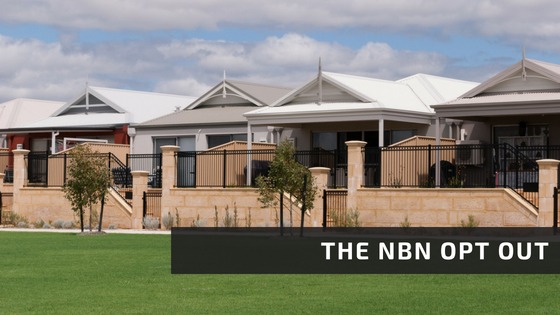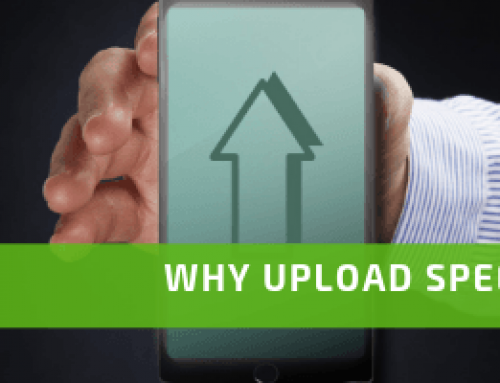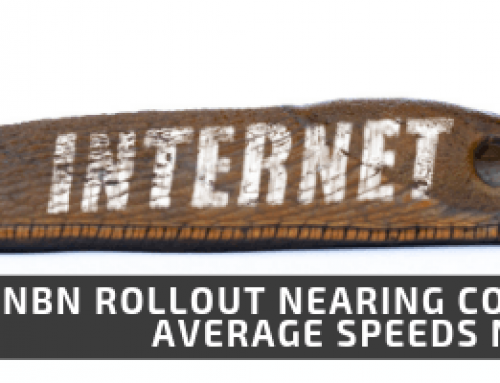Recent surveys conducted by finder.com.au have revealed that more than one-third (34 per cent) of NBN users would switch back to their pre-NBN service if they could.
Of those, 22 per cent said their old connection was faster, more reliable and dropped out less. Given that the old connections were predominantly ADSL and ADSL2 with theoretical maximum speeds of 24 megabits per second (the reality being significantly less), the NBN really does leave a lot to be desired.
Australians continue to pay
Australians have long understood that the NBN, heralded as the route to digital enablement and global competitiveness, isn’t living up to its billing and yet it continues its inexorable march across Australia. Finder’s survey highlights that more than one third of NBN users wish they could ditch the network altogether, so why do we continue to pump billions of dollars into a network with such poor customer satisfaction?
A further 11 per cent said their old service was cheaper, or better value overall. This is no doubt due to the commercial model that the NBN (and the Government) has imposed on resellers. So technically the NBN is flawed and commercially its unviable.
There are alternatives for those who want to opt-out
Finder further disclosed that Victorians were most likely to want out, with 40 per cent wishing they could turn back time. This was followed by NSW at 38 per cent and Queensland residents at 30 per cent. Unfortunately for those in already enabled NBN geographies, turning back time is not an option. Even if you haven’t signed up yet, your existing copper service will be discontinued. It is merely a matter of time before you are forced onto the NBN or you choose an independent provider and a different technology. One example is Our Community Broadband on the Sunshine Coast, one of many private initiatives delivering significantly higher speeds and better quality than the NBN, using fixed wireless technology.
When the copper network in the Melbourne suburb of Noble Park was “turned off” last year, everyone was forced to make the move over to the NBN. There were no alternatives, it was NBN or nothing. Customers in that suburb complain of a nightmare. They experience poor, slow connections, dropouts, buck-passing and complaints to Telstra and NBN Co ever since. Telstra will blame the NBN and the NBN will blame Telstra. The only person who suffers in this scenario is the consumer.
The future of the NBN
The NBN is scheduled to complete its country wide adventure by 2022, by which time the technology will be hopelessly out of date. As first adopters report relatively high speeds initially, the only real issue is the cost. This quickly changes, however, as their exchange area is forced over to the NBN and congestion becomes a huge headache. There simply isn’t enough affordable bandwidth to satisfy the market through the NBN wholesale model.
Consumers need choice and competition
Consumers need to inform themselves of alternative technologies and suppliers available in their regions. The advent of the NBN has inadvertently created many to fill the vacuum in high quality affordable connectivity. Innovative new technologies are being deployed today and the technology that we can already see coming for 2019 and beyond will blow a good NBN service out of the water. Whilst we can all bemoan the appalling waste of tax payers money on such a huge white elephant, what we really need moving forward is consumer choice and competition. It seems ironic that the failings in the NBN are exactly what is now driving this innovation.






